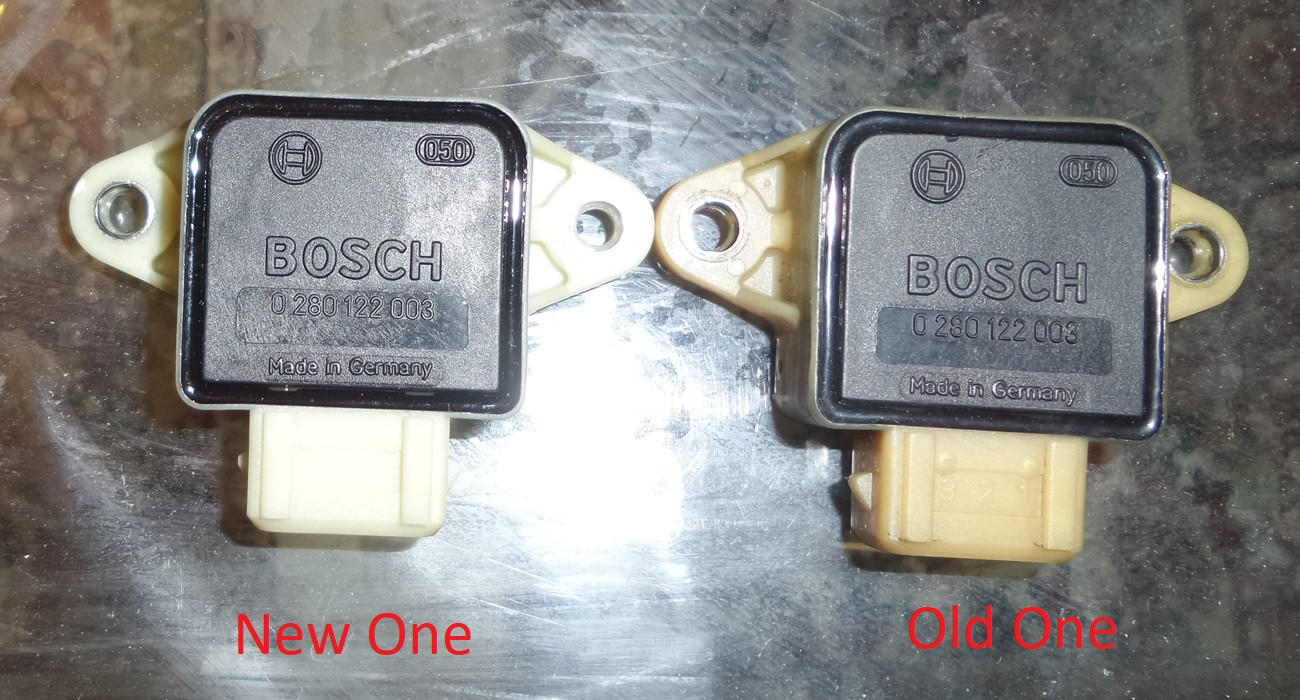Some manufacturers state an ideal range for throttle position sensor which is helpful if you want to calibrate a new sensor or re-calibrate the old one. For instance, they say 0.5 V for idle and 4.5 V for full throttle (WOT). I didn't find any voltage numbers for my car in the manual. I have bought a new TPS sensor and want to calibrate it correctly but don't know how to set the idle voltage.
Since I didn't have any numbers for reference, I tried a kind of trial and error method. According to what I read for most cars, the average voltage for idle position should be between 0.4 V and 0.6 V. Therefore, I started with 0.4 V, then increased it to 0.43, 0.44, 0.45 and went on all the way up to 0.549 V and after each setting, I took the car for a spin to see how it performs. However, I'm still not quite sure which setting is the best.
What happens if full throttle voltage is slightly lower than 4.5 V (say 4.47 V)? Does the ECU still recognize it as WOT? If not, does it reduce engine performance?
Why is the voltage not the same when the engine is off and on? I saw about 0.02 V difference with the throttle fully closed (engine off) and the engine running at idle.
Can an incorrectly adjusted TPS cause engine vibration at idle?

